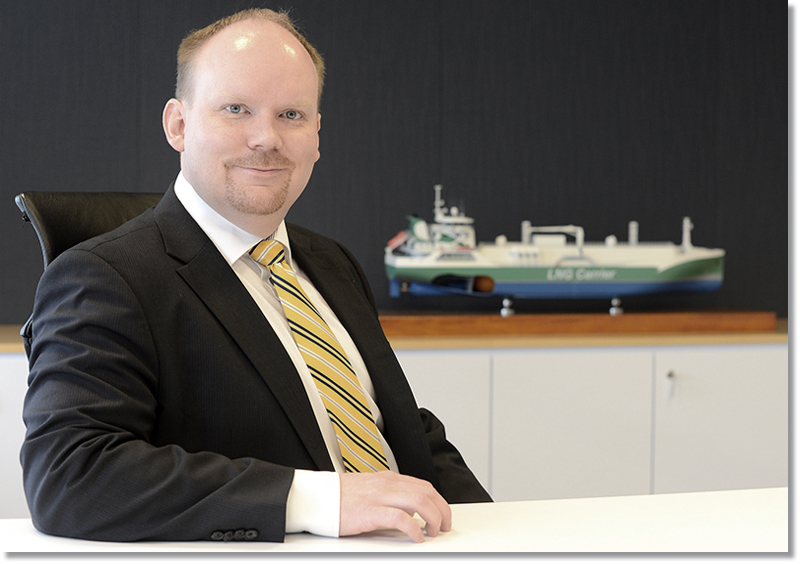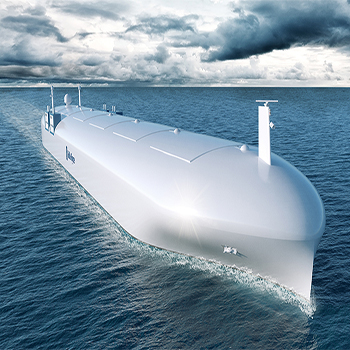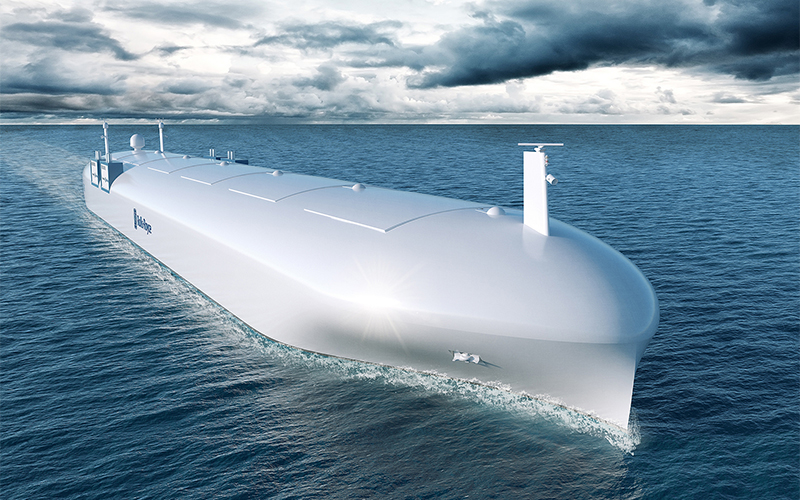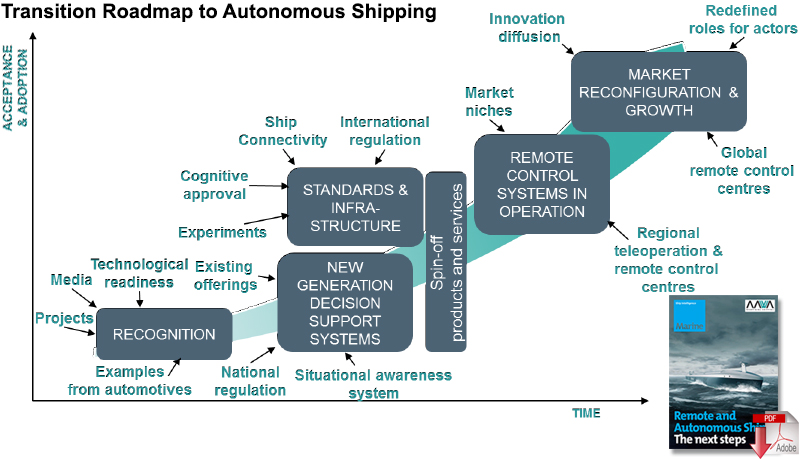The Rolls-Royce led Advanced Autonomous Waterborne Applications Initiative (AAWA) has published a whitepaper to coincide with its presentations at the Autonomous Ship Technology Symposium 2016 in Amsterdam.
The whitepaper outlines the Project’s vision of how remote and autonomous shipping will become a reality.
Speaking at the Symposium Oskar Levander, Rolls-Royce, Vice President of Innovation - Marine, said:
“This is happening. It’s not if, it’s when. The technologies needed to make remote and autonomous ships a reality exist.”
“The AAWA project is testing sensor arrays in a range of operating and climatic conditions in Finland and has created a simulated autonomous ship control system which allows the behavior of the complete communication system to be explored” Levander said.

“We will see a remote controlled ship in commercial use by the end of the decade” - Oskar Levander, Rolls-Royce (pictured above).
The AAWA whitepaper explores the research carried out to date on the business case for autonomous applications, the safety and security implications of designing and operating remotely operated ships, the legal and regulatory dimensions and the existence and readiness of a supplier network to deliver commercially applicable products in the short to medium term.
The whitepaper draws on a wide range of expertise from academic researchers from some of Finland’s leading universities: Tampere University of Technology; VTT Technical Research Centre of Finland Ltd; Åbo Akademi University; Aalto University; and the University of Turku.
Industry input has been provided by leading members of the maritime cluster including Rolls-Royce, Brighthouse NAPA, Deltamarin, DNV GL and Inmarsat.
The project also has the support of shipowners and operators. The tests of sensor arrays are being carried out aboard Finferries 65 metre double ended ferry, the Stella, which operates between Korpo and Houtskär. ESL Shipping Ltd is helping explore the implications of remote and autonomous ships for the short sea cargo sector.
Article topics
Email Sign Up


















